William Sitwell's family seat comes up for sale after more than 300 years in the family: 'In many ways it is the perfect country house'
The home of food critic William Sitwell comes to the market with a past as complex as any dish he may have tasted. Penny Churchill tells more.
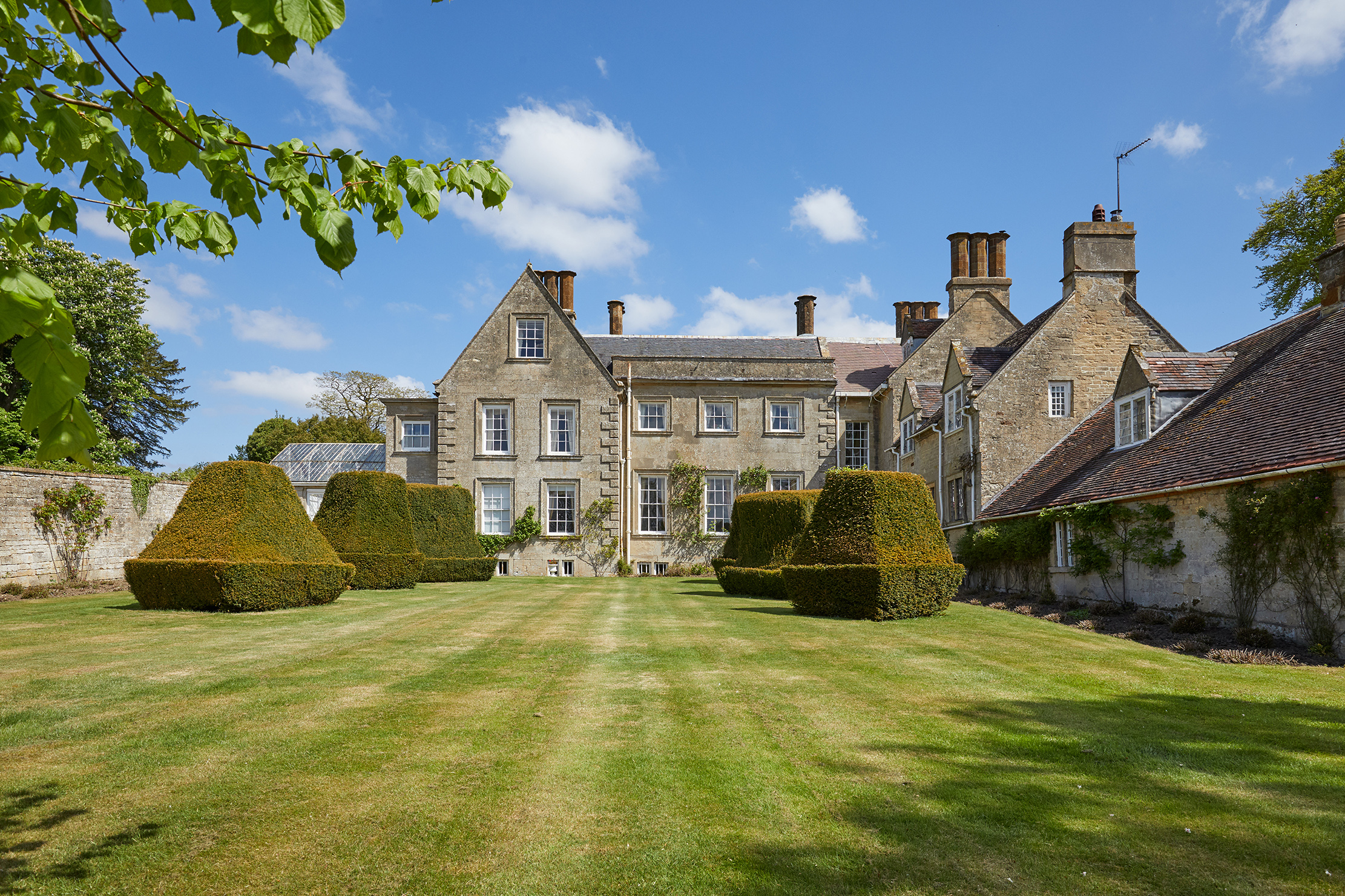

A scion of the legendary Sitwell family of writers, innovators and eccentrics, the author, food critic and Master-Chef panellist William Sitwell is selling his much-loved Northamptonshire manor house, Grade II*-listed Weston Hall at Weston, near Towcester, through Knight Frank’s country department at a guide price of £4.25 million.
A seat of the Sitwells since 1714, the rambling, late-17th-century stone house, extended in the 1770s and remodelled in the early 1800s, stands in 49 acres of gardens, grounds, pasture and woodland in a wonderfully private position on the edge of this peaceful rural village. It comes with a swimming pool and tennis court, a two-bedroom lodge, stabling, a coach house and various outbuildings. The sale includes the optional purchase of the pretty, four-bedroom Gardeners Cottage with its charming, wisteria-clad walled garden.
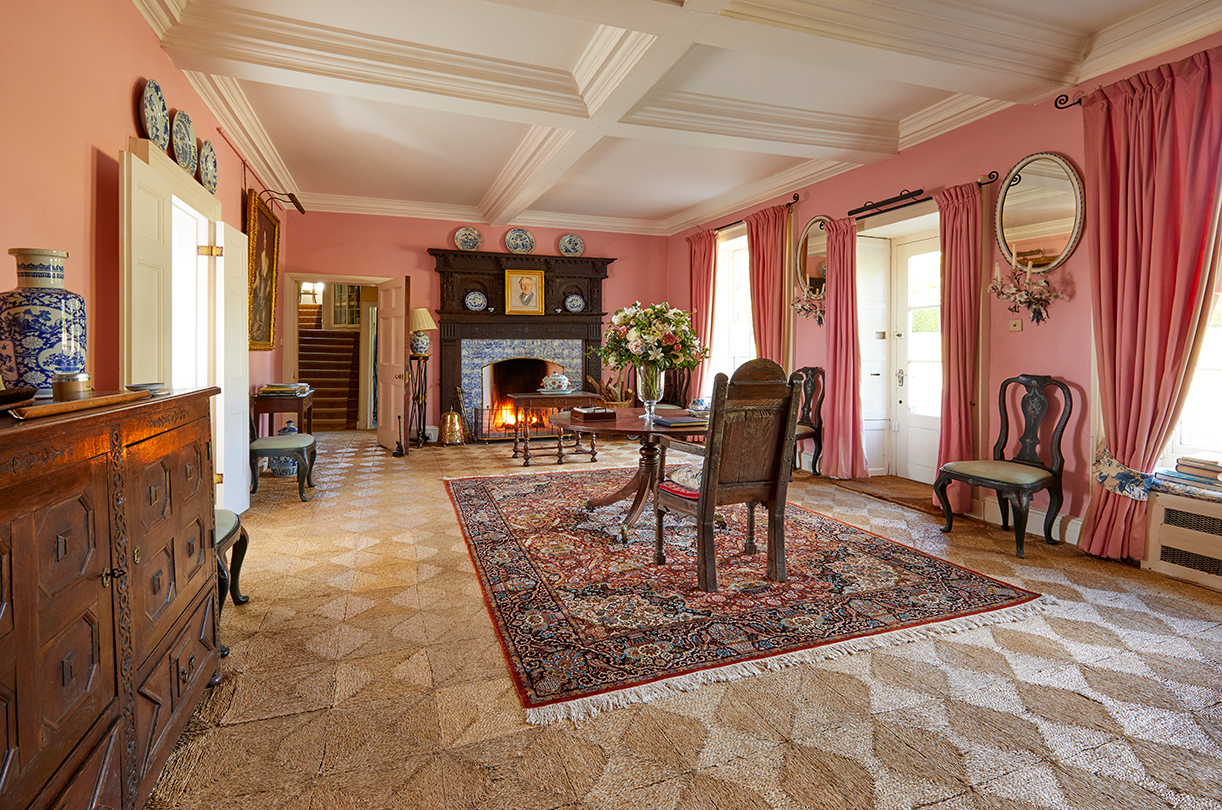
For half a century from the early 1920s, when William’s grandfather Sir Sacheverell Sitwell and his Canadian wife, Georgia, came to live at Weston Hall, the manor played host to an eclectic circle of friends, artists, writers and musicians who, according to Country Life writer Francis Bamford in January 1976, ‘found here, as the guests of the Sacheverell Sitwells, peace, refreshment and renewed mental stimulation’. Cecil Beaton, Evelyn Waugh, Patrick Leigh Fermor and Nöel Coward were regular visitors and the young William Walton, a protégé of the Sitwells, composed much of the music for his choral cantata Belshazzar’s Feast when he was living at Weston Hall.
The house dates from the 1680s, when William Hiccocks, finding his father’s Elizabethan village manor house too small for his growing family, demolished a nearby farmhouse and built the present hall. By 1714, however, the Hiccockses were in financial difficulty, when local grandee, Sir John Blencowe, offered to lease the house for his widowed daughter, Susanna Jennens, and her children. In January 1721, he bought the freehold and gave it to Susanna as a valentine the following month. Susanna died in 1760 and was succeeded at Weston Hall by her son, Richard, who contented himself with breeding horses.
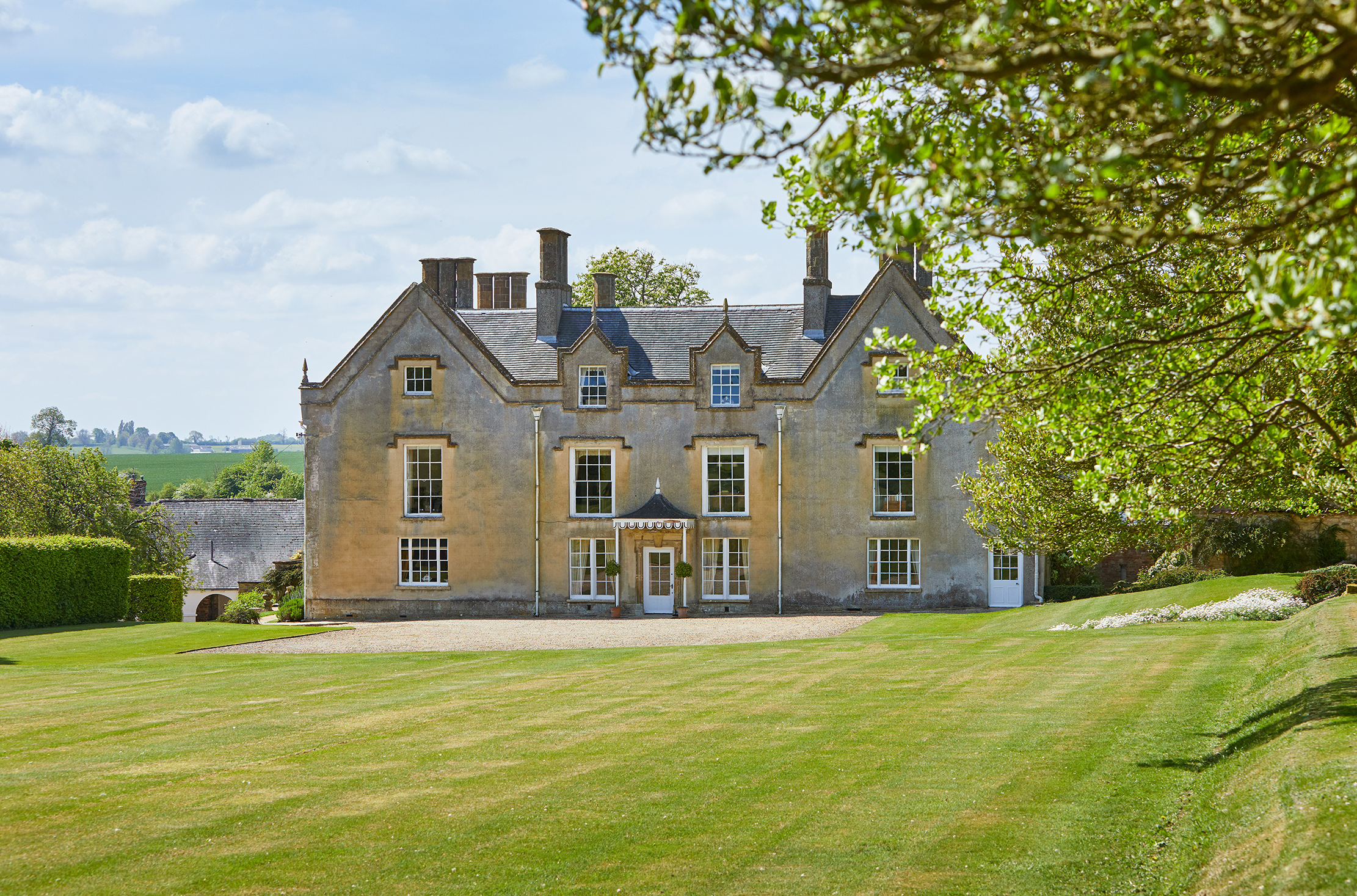
The house continued to be run as in his mother’s day. He died in 1773, leaving Weston Hall to his elder sister, Mary Barnardiston, a wealthy widow whose daughter, Elizabeth, had married Richard Heber, reputedly ‘a handsome young man of ancient lineage and broad acres in Yorkshire and Shropshire’.
When Richard died three years later, aged 39, Elizabeth went to live with her mother at Weston Hall. Mary Barnardiston transferred a substantial collection of pictures and furniture from houses in London and Hayes, Middlesex, to Weston Hall, where, in 1776, she built the drawing room and the bedrooms above, thereby linking the original 17th-century gabled wings.
At the same time, the remodelling of Greatworth Hall, near Banbury, allowed her to buy some discarded fittings for her new drawing room, including the chimneypiece, above which portraits of her mother, her brother and herself, still hang to this day.
Sign up for the Country Life Newsletter
Exquisite houses, the beauty of Nature, and how to get the most from your life, straight to your inbox.
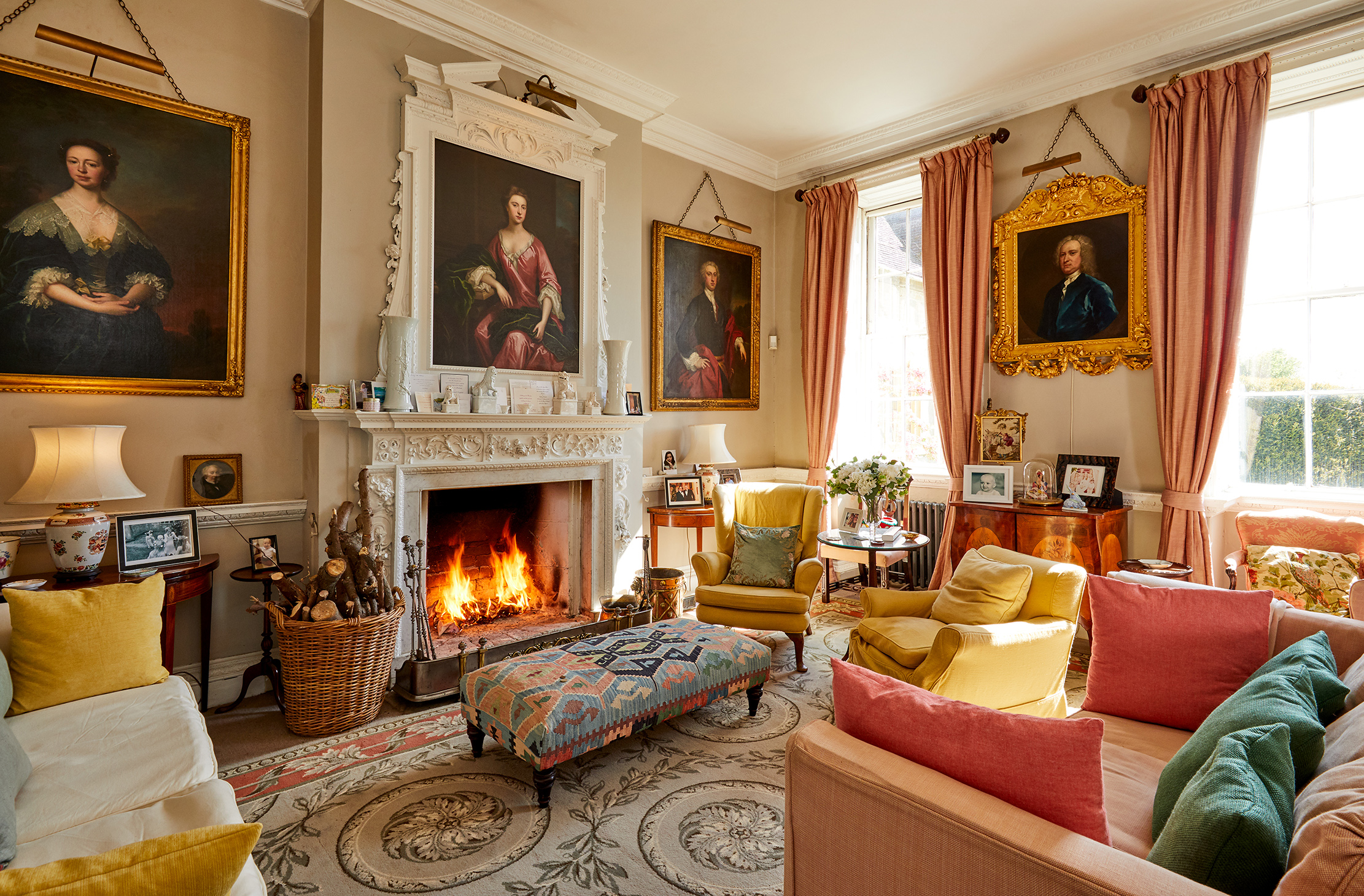
In July 1787, Mary Barnardiston’s granddaughter, Henrietta Heber, married the handsome and wealthy William Wrightson of Cusworth in Yorkshire. Ten months later, the Wrightsons’ daughter, Harriet, who would eventually inherit Weston, was born and Mary Barnardiston died at Hayes. Weston Hall passed first to her daughter, Elizabeth, then to Elizabeth’s daughter, Mary, and finally to Harriet Wrightson, who later married Col the Hon Henry Hely-Hutchinson, a dashing cavalry officer who fought at Waterloo.
Although Mary Heber made few changes to Weston Hall, in about 1800, she began designing and planting the picturesque Wilderness that screens the hall from the village beyond and is frequently mentioned in Sir Sacheverell’s writings.
Her successor, Col Hely-Hutchinson, was more ambitious. By 1830, he had added a conservatory to the west end of the house and re-routed the drive so that visitors were set down at the conservatory entrance. This meant crossing the Justice Room to reach the hall — an awkward arrangement if the Colonel was sitting in judgement on some unfortunate poacher. He also refaced the outer walls, added a wooden veranda and later built the Gothic porch on the east front and carved out a gun room from the Great Parlour.
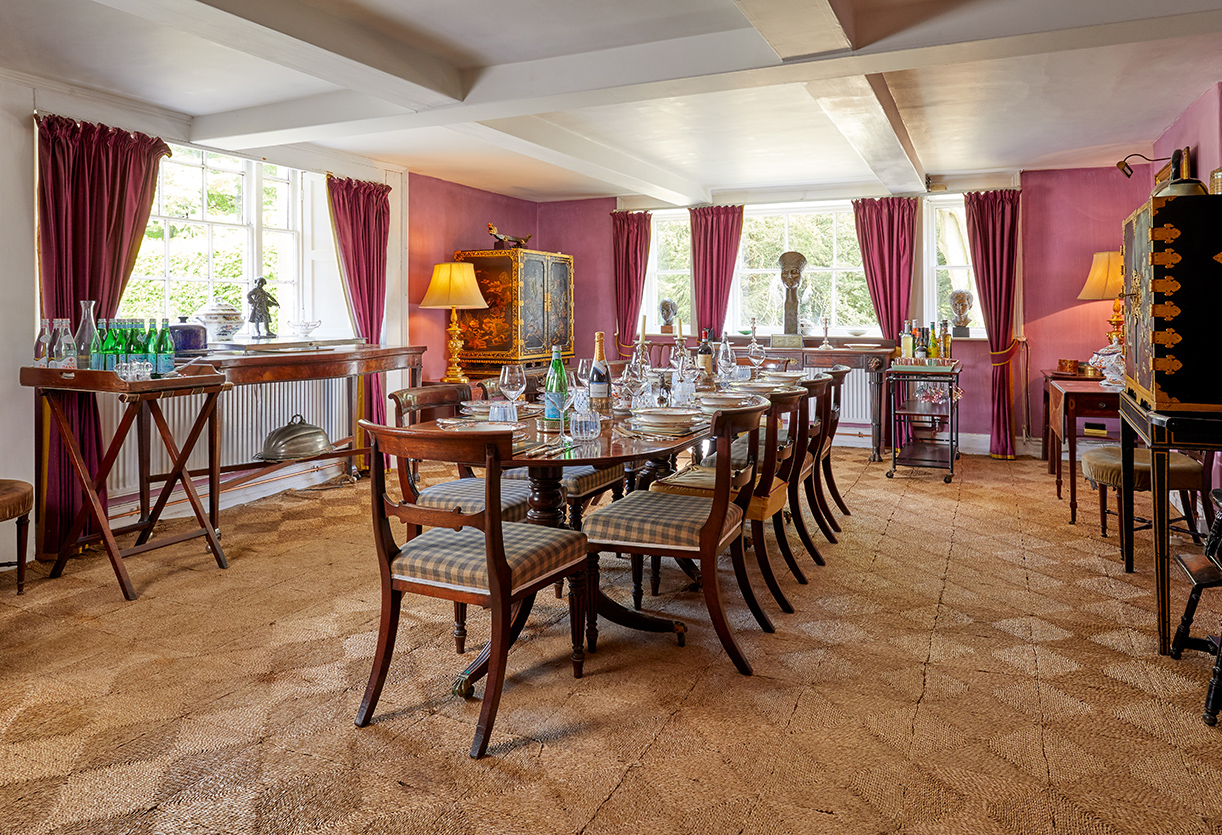
The situation was rectified in the 20th century when Lady Sitwell, wife of Sir Sacheverell, removed these Victorian ‘improvements’ and restored the Great Parlour for use as the dining room. At the same time, the veranda was demolished and the front door returned to the north front, where it was fitted with a modest Regency porch.
Harriet Hely-Hutchinson died in 1864, leaving Weston Hall to her daughter, Harriet Frances, later Lady Hanmer, who, in turn, left Weston Hall to her nephew, Sir George Sitwell, for the benefit of his younger son.
Although, for William Sitwell, many of the rooms at Weston Hall remain time-capsules of English social history — from the 18th-century library (his personal favourite) to the 17th-century Justice Room, the intimate dining room painted purple by his mother and the vast entrance hall that she painted pink — in many ways it is the perfect country house, neither too big, nor too small.
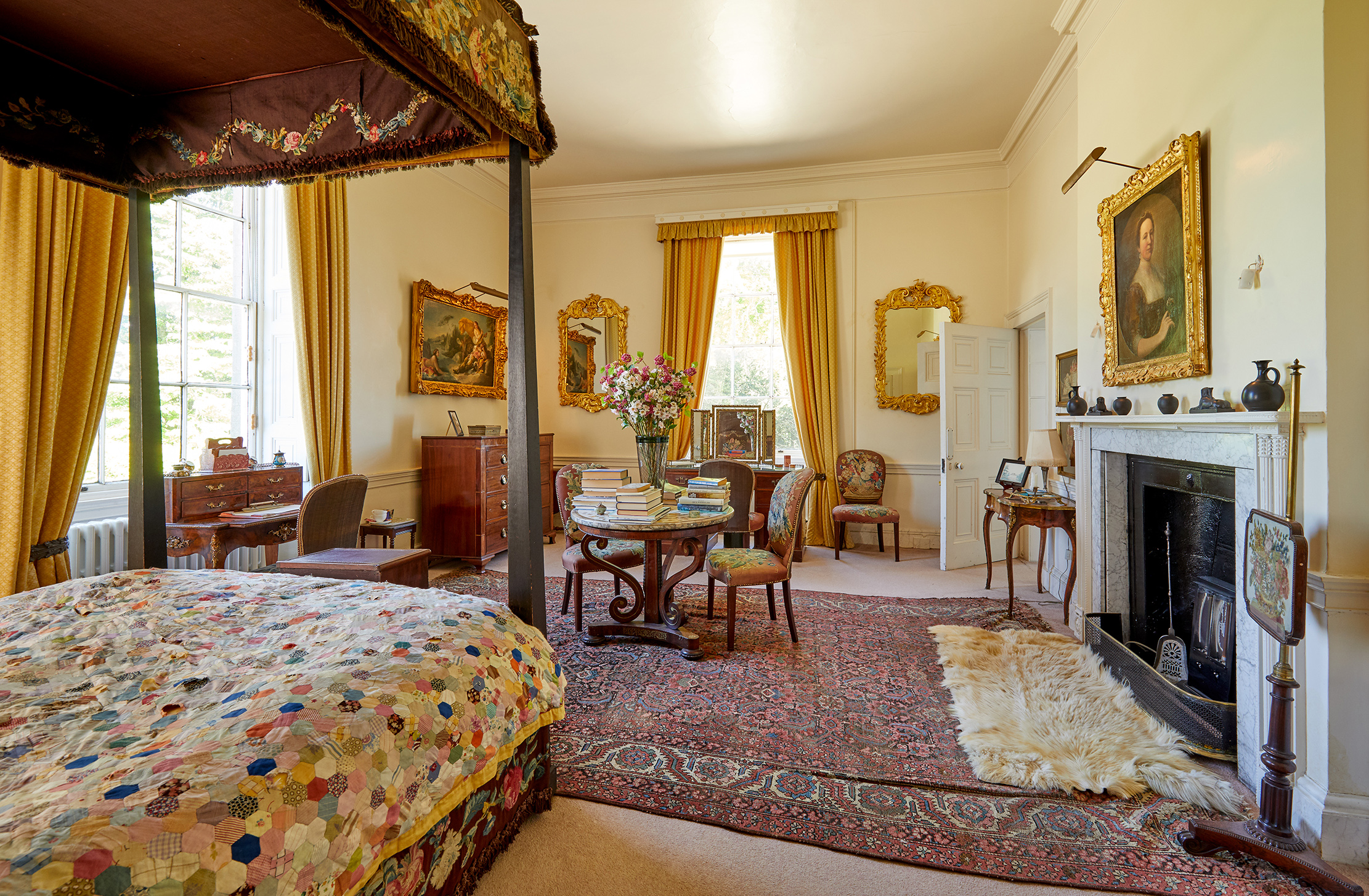
With 12,940sq ft of living space, including the reception hall, four/five reception rooms, four bedroom suites and eight further bedrooms, plus attics, Weston Hall is equally suited to large-scale entertaining or small intimate occasions for family and friends.
Thanks to its location in one of Northamptonshire’s ‘lost’ villages, Weston Hall remains a haven of peace and tranquillity, yet is easily accessible from London via an excellent train service from Milton Keynes that Mr Sitwell finds invaluable. ‘I can leave the house at 6.30am, be in Soho by 8am, do a day’s work and be back home in the swimming pool, looking at the sky, by 7.30pm in the evening’, he says.
Weston House is for sale via Knight Frank at £4.25m.
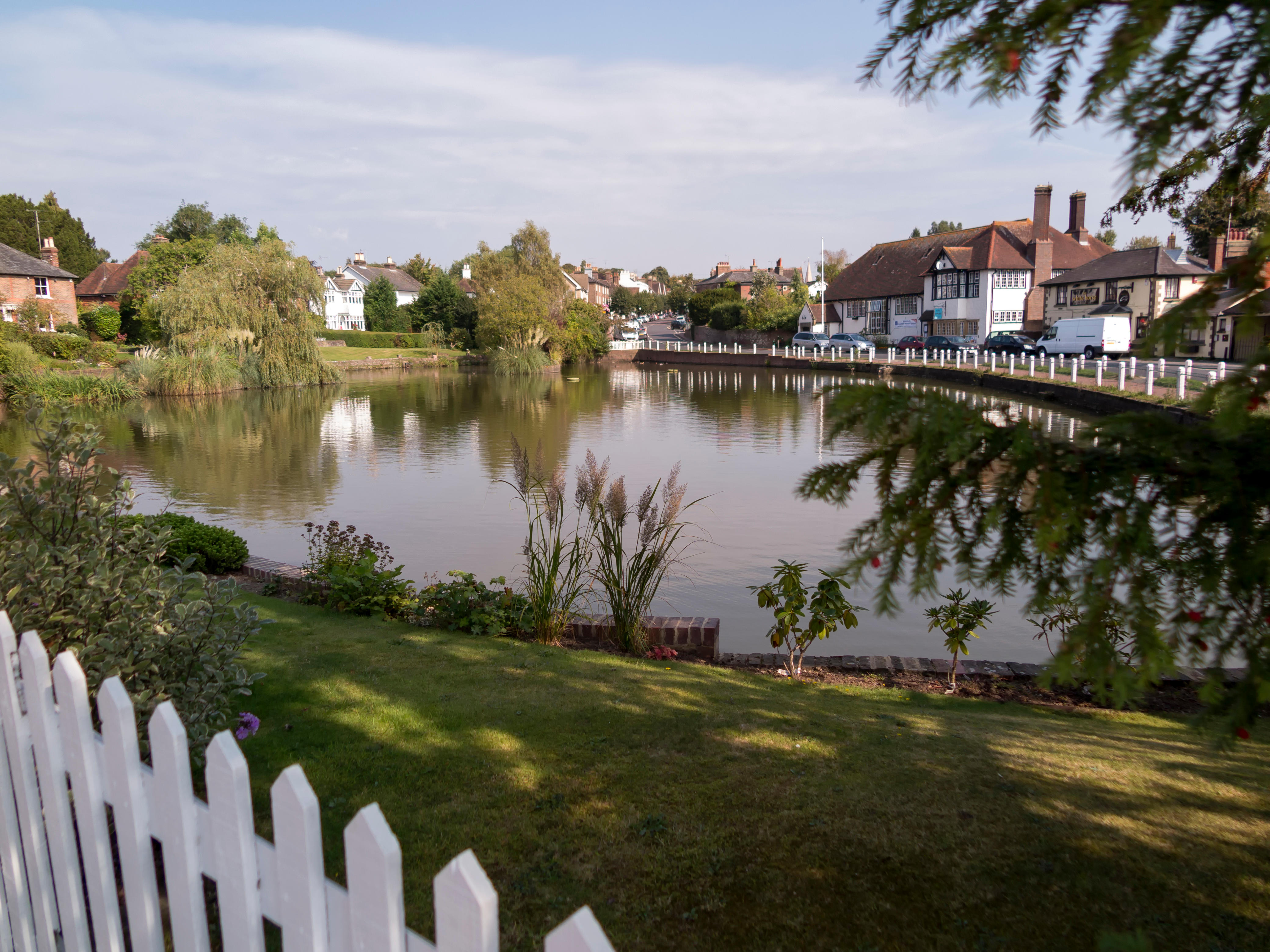
The 50 best places to live near London
Where are the best villages, towns and small cities which are a pleasure to live in, but still offer a
-
 Burberry, Jess Wheeler and The Courtauld: Everything you need to know about London Craft Week 2025
Burberry, Jess Wheeler and The Courtauld: Everything you need to know about London Craft Week 2025With more than 400 exhibits and events dotted around the capital, and everything from dollshouse's to tutu making, there is something for everyone at the festival, which runs from May 12-18.
By Lotte Brundle Published
-
 Everything you need to know about private jet travel and 10 rules to fly by
Everything you need to know about private jet travel and 10 rules to fly byDespite the monetary and environmental cost, the UK can now claim to be the private jet capital of Europe.
By Simon Mills Published
-
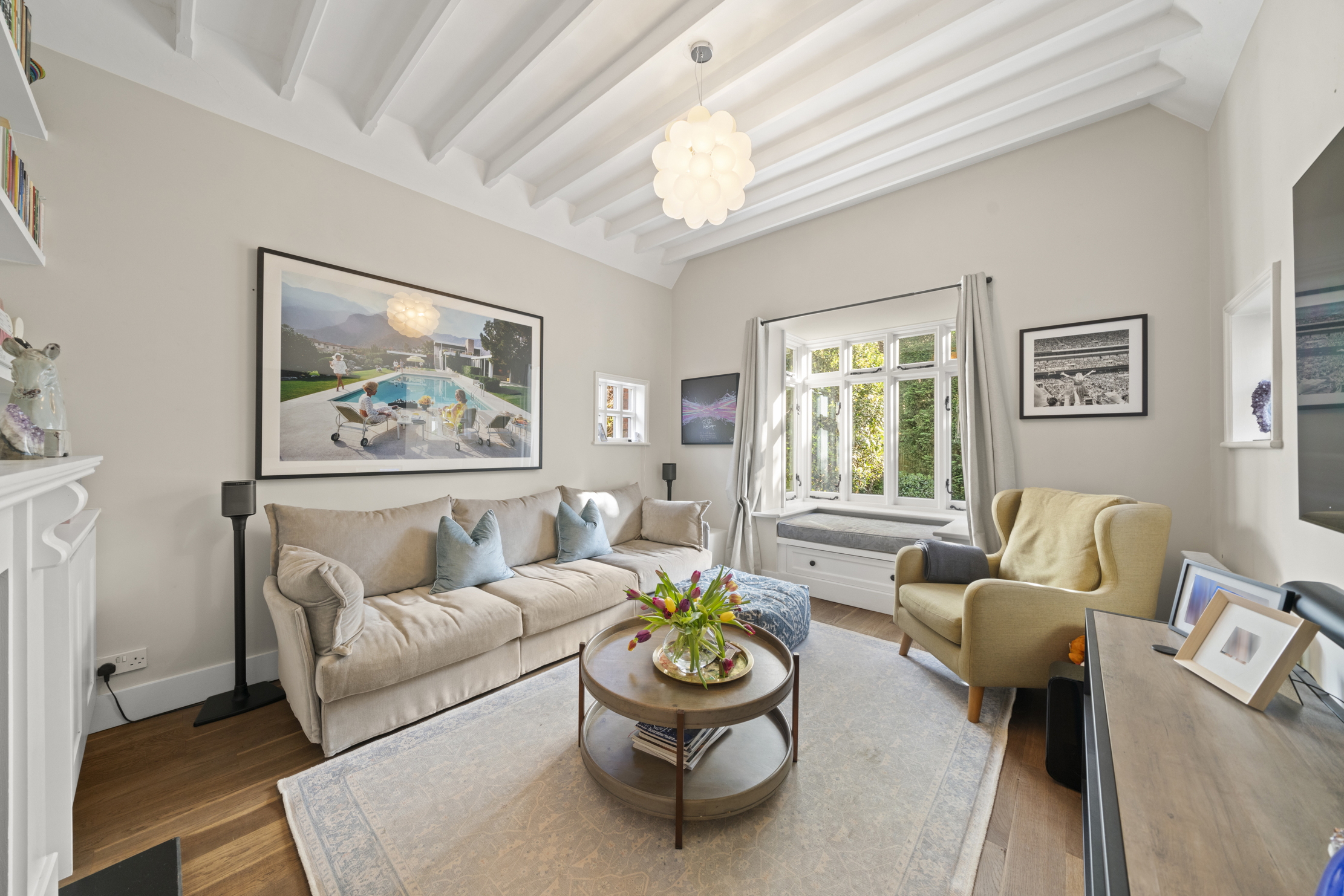 A home cinema, tasteful interiors and 65 acres of private parkland hidden in an unassuming lodge in Kent
A home cinema, tasteful interiors and 65 acres of private parkland hidden in an unassuming lodge in KentNorth Lodge near Tonbridge may seem relatively simple, but there is a lot more than what meets the eye.
By James Fisher Published
-
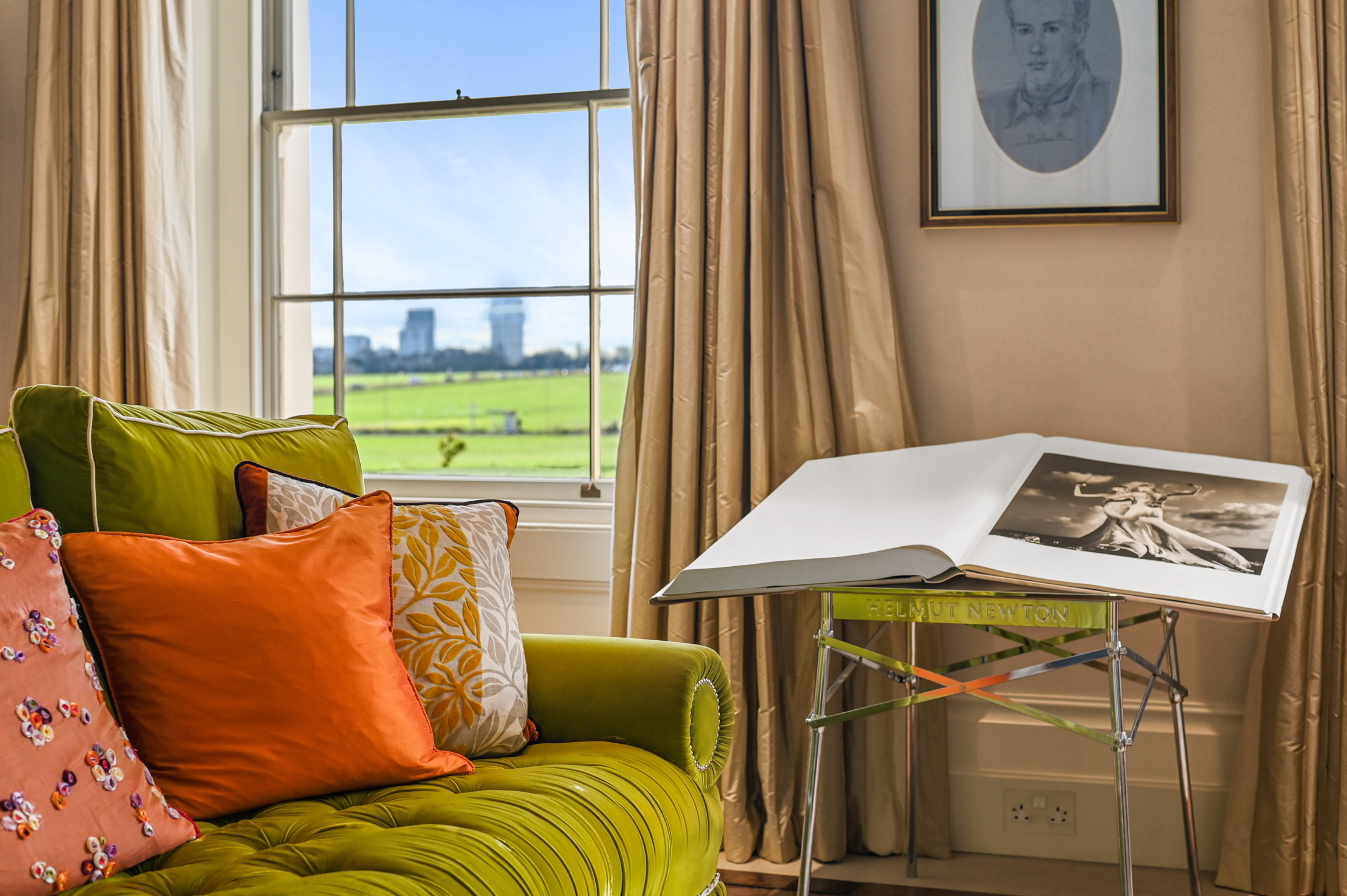 A rare opportunity to own a family home on Vanbrugh Terrace, one of London's finest streets
A rare opportunity to own a family home on Vanbrugh Terrace, one of London's finest streetsThis six-bedroom Victorian home sits right on the start line of the London Marathon, with easy access to Blackheath and Greenwich Park.
By James Fisher Published
-
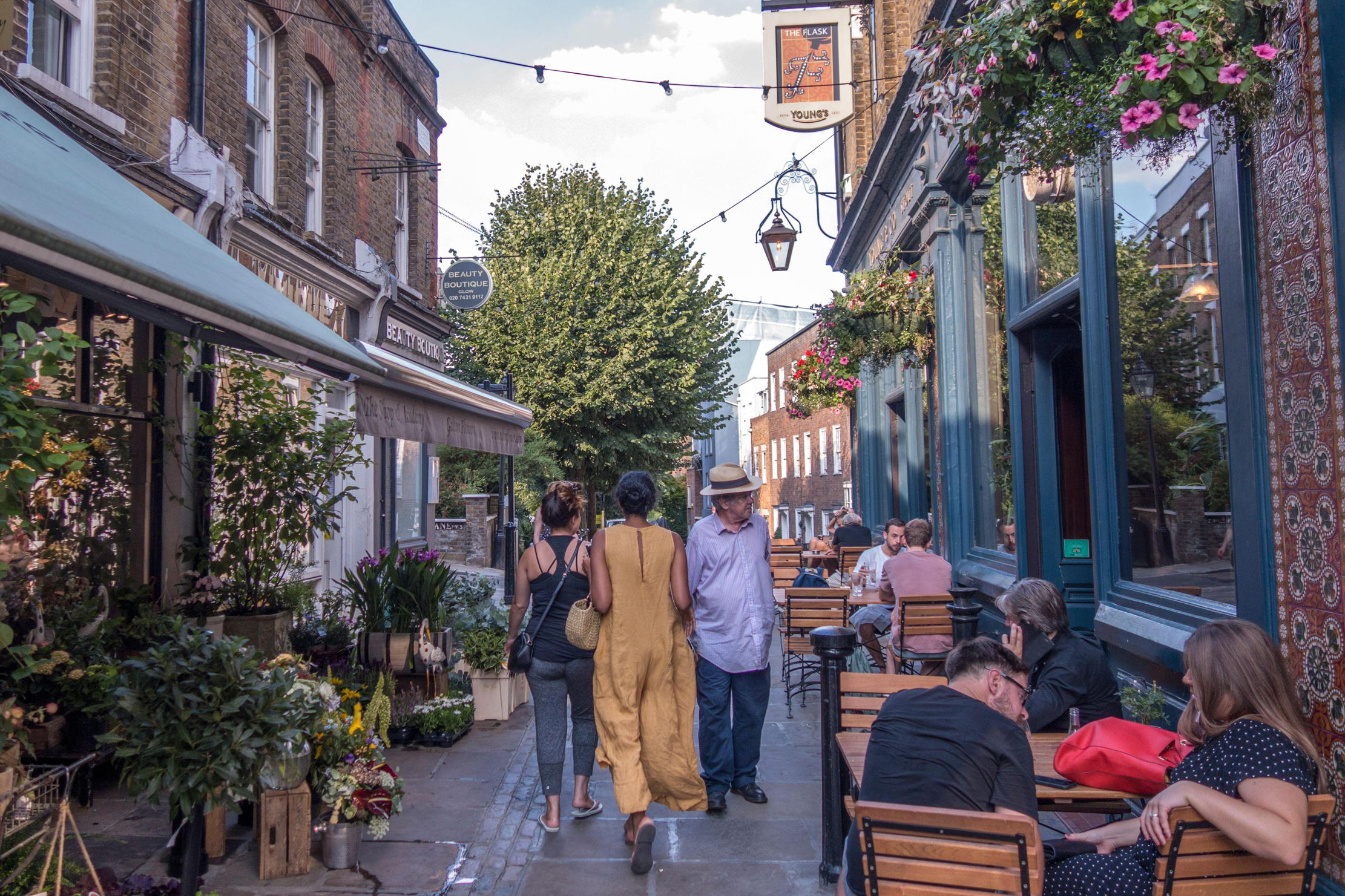 A tale of everyday life as lived on Britain's most expensive street
A tale of everyday life as lived on Britain's most expensive streetWinnington Road in Hampstead has an average house price of £11.9 million. But what's it really like? Lotte Brundle went to find out.
By Lotte Brundle Last updated
-
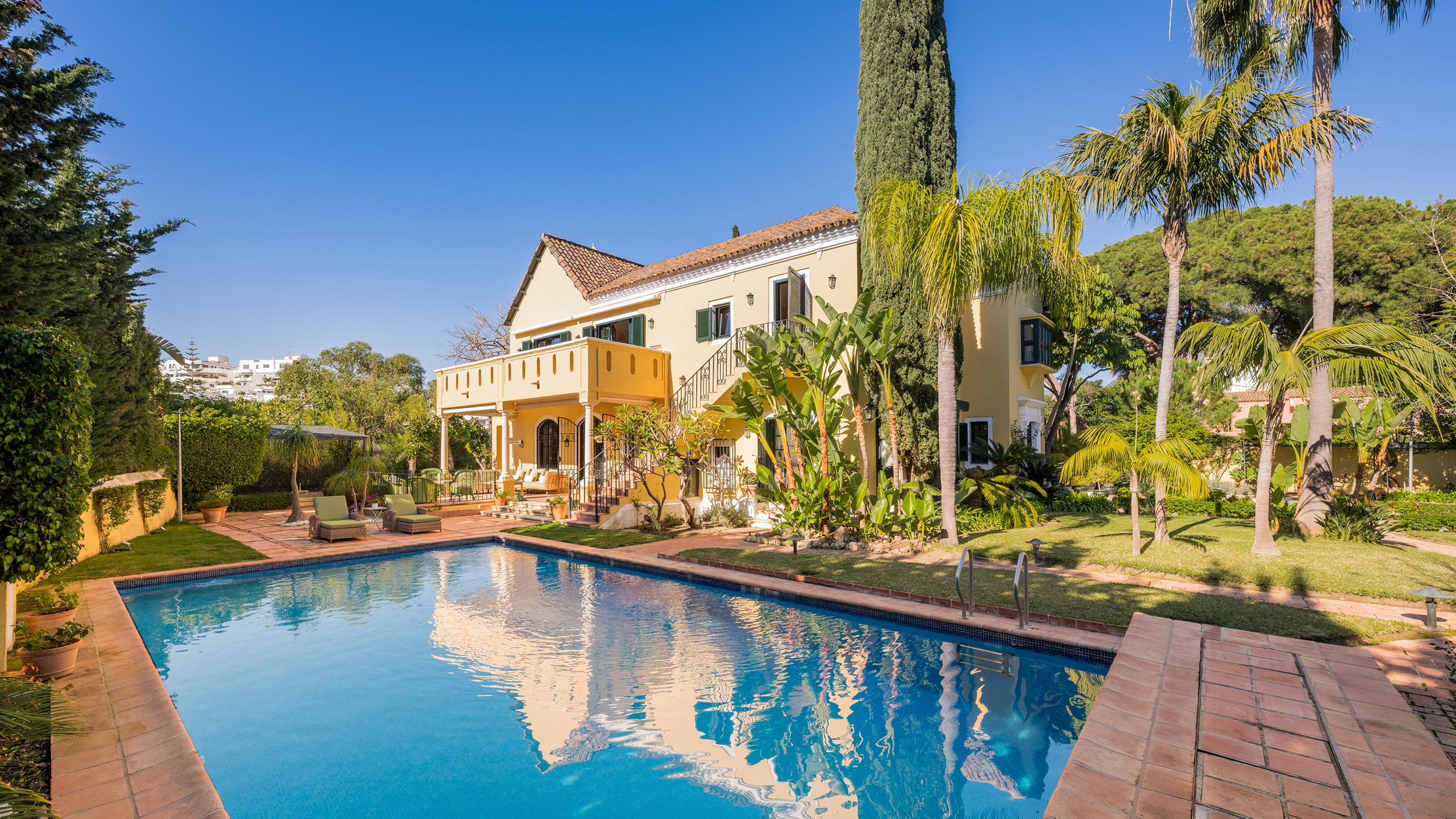 Damon Hill's former home in Marbella is the perfect place to slow down
Damon Hill's former home in Marbella is the perfect place to slow downThe glorious Andalusian-style villa is found within the Lomas de Marbella Club and just a short walk from the beach.
By James Fisher Published
-
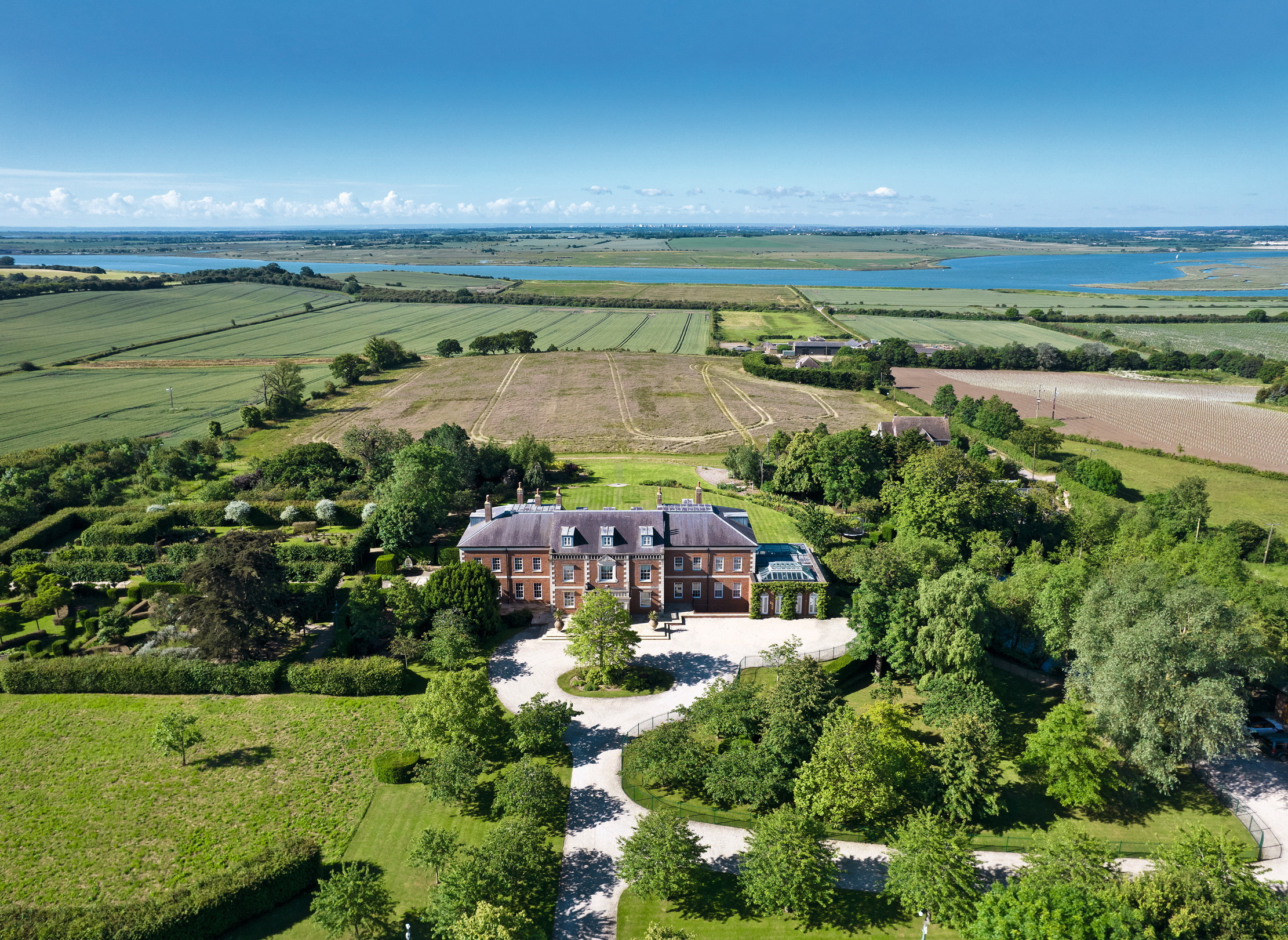 A 327-acre estate in the heart of 'England’s Côte d’Or', with a 26,000sq ft Georgian style home at its heart
A 327-acre estate in the heart of 'England’s Côte d’Or', with a 26,000sq ft Georgian style home at its heartStokes Hall in the Crouch Valley is an inspiring property looking for a new owner.
By Penny Churchill Published
-
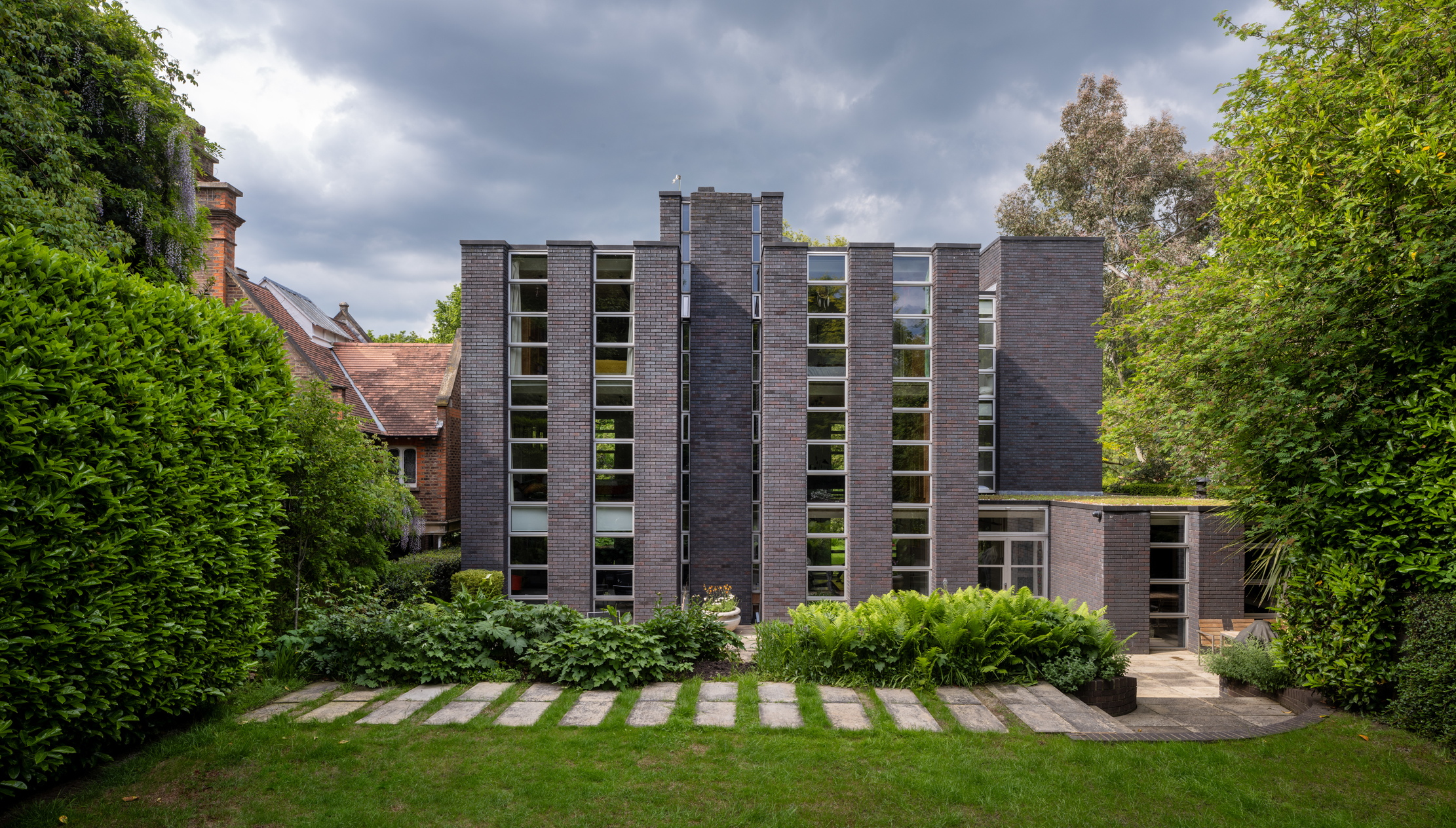 Schreiber House, 'the most significant London townhouse of the second half of the 20th century', is up for sale
Schreiber House, 'the most significant London townhouse of the second half of the 20th century', is up for saleThe five-bedroom Modernist masterpiece sits on the edge of Hampstead Heath.
By Lotte Brundle Published
-
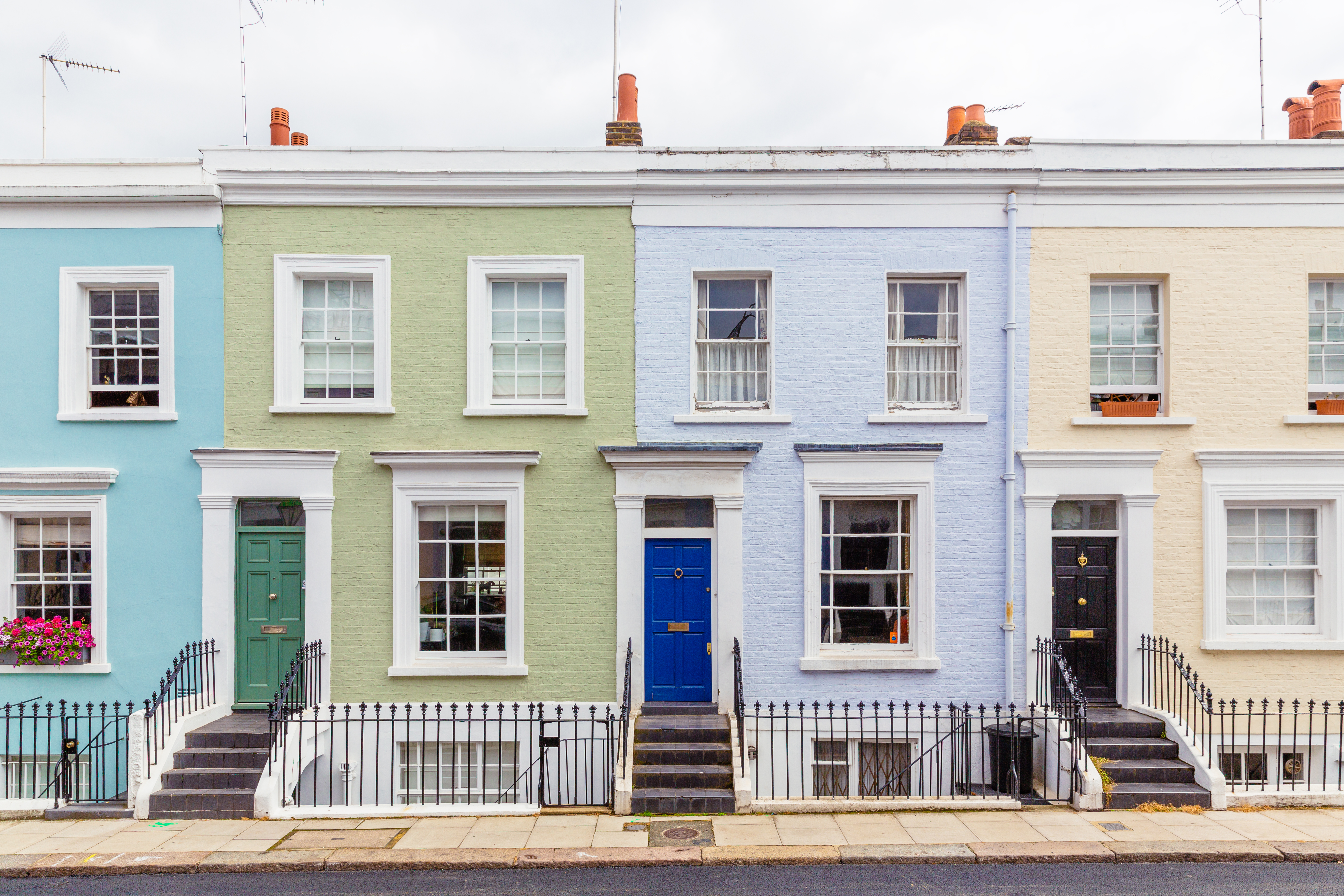 Is the 'race for space' officially over?
Is the 'race for space' officially over?During the lockdowns, many thought the countryside was the place to be. It seems many are now changing their minds.
By Annabel Dixon Last updated
-
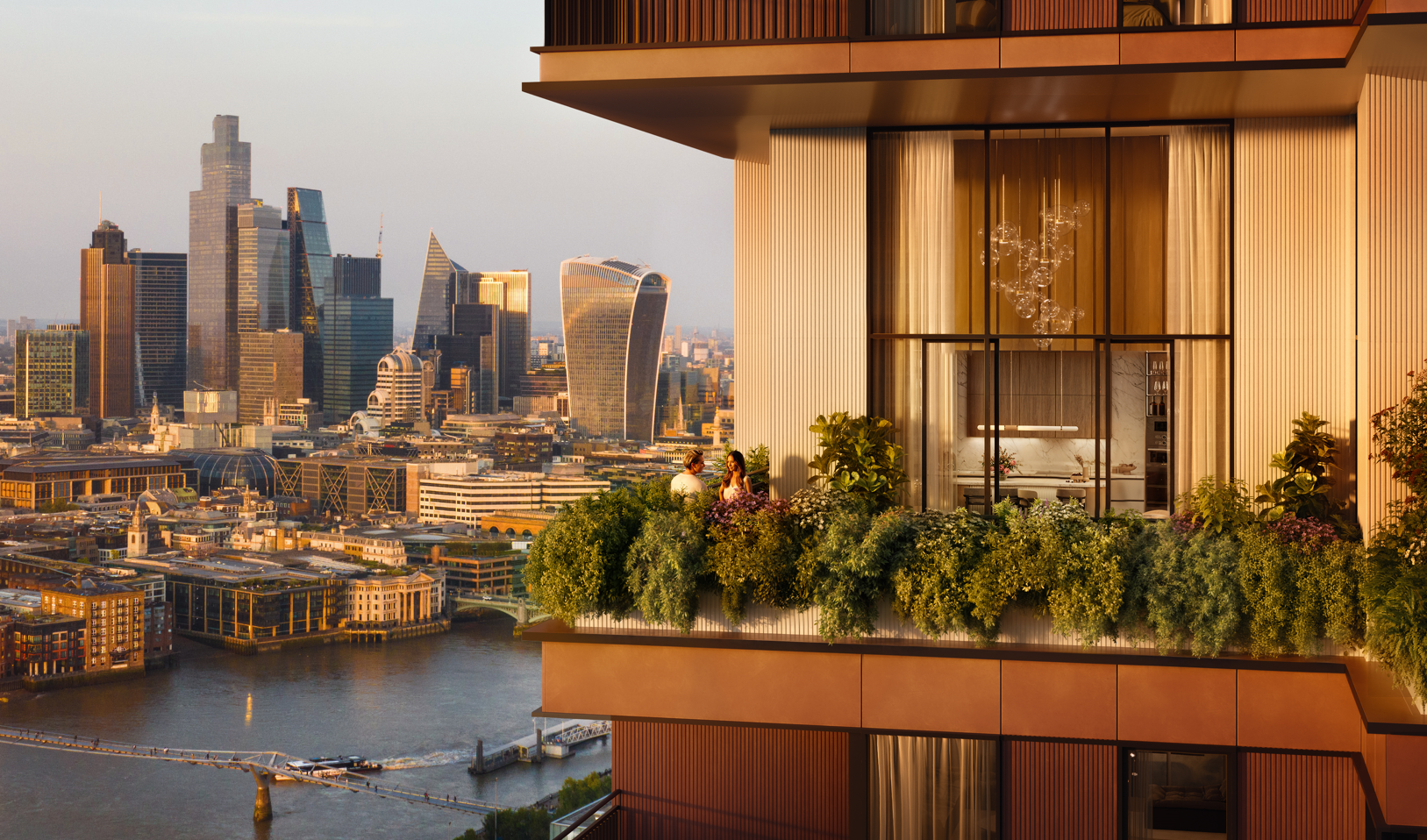 What's a 'wellness village' and will it tempt you back into the office?
What's a 'wellness village' and will it tempt you back into the office?The team behind London's first mixed-use ‘wellness village’ says it has the magic formula for tempting workers back into offices.
By Annunciata Elwes Published
